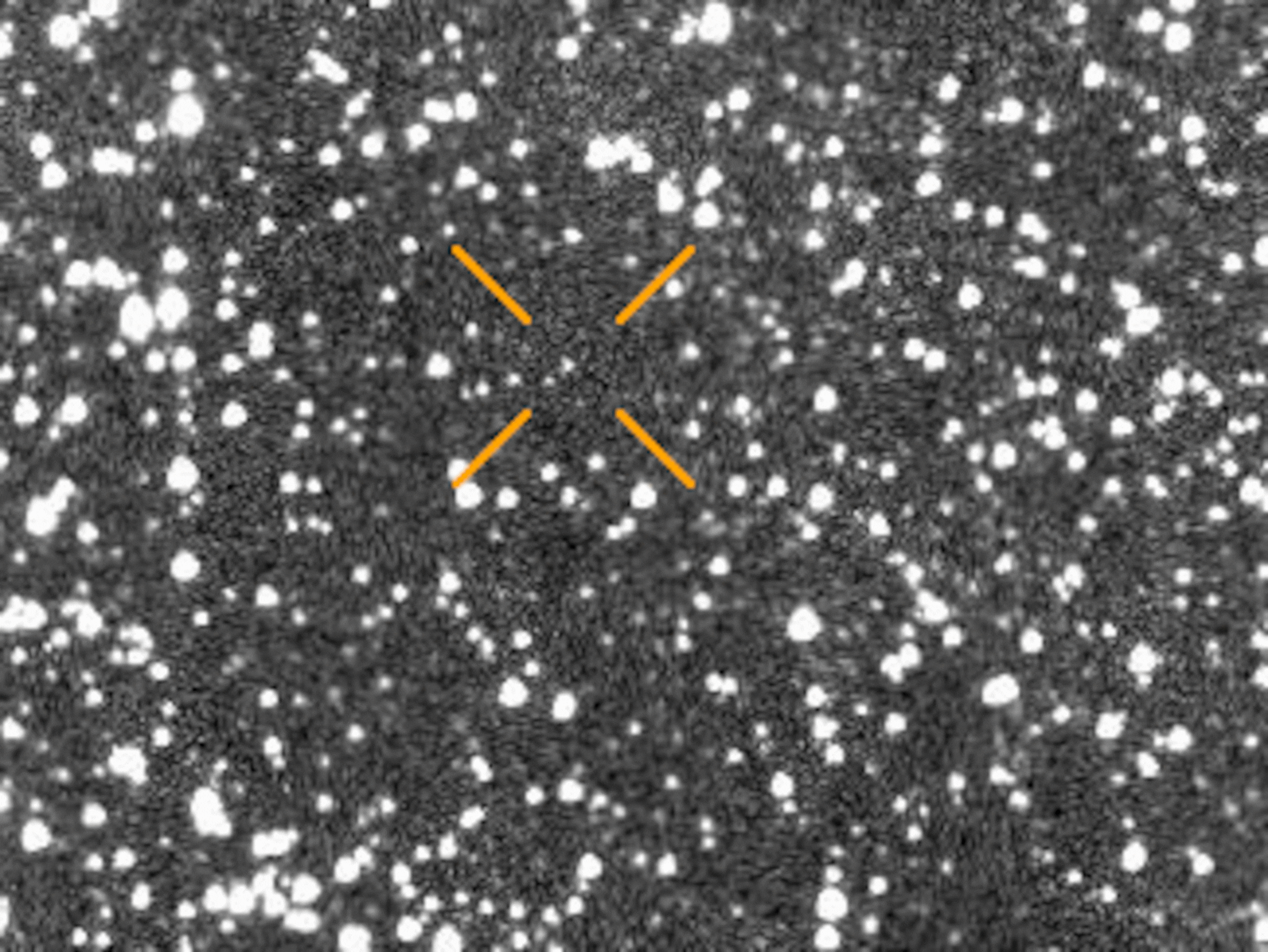
Silver in Space: Metal Found to Form in Distinct Star Explosions
Astronomers decode nuclear recipe for precious metal forged in supernovae.
It's long been known that earthly metals like gold and silver were forged in supernova explosions, but the metals' exact origins have been shrouded in mystery. Now a new study has identified the unique nuclear recipe for silver in space.
(Related: "Huge Asteroids Brought Gold to Infant Earth, Study Says")
While most common light elements like hydrogen and helium were formed in the big bang, heavier elements like carbon and oxygen are formed within stars through nuclear fusion.
Rare heavy metals like silver and gold, however, need the most extreme stellar environments to form—found only during the explosions of massive stars, or supernovae. (See supernovae pictures.)
When these stellar titans die and explode, they spew new materials into space—the origin of most heavy metal
elements on Earth, said lead study author Camilla Hansen, an astronomer at Heidelberg University in Germany.
To pinpoint just how silver is produced, Hansen's team used computer modeling as well as observations of more than 70 massive stars.
The team analyzed light wavelengths to discern the stars' chemical makeups. "The amount of each element is directly connected to how strong the spectral lines are, which relates to how hot the star is," Hansen said.
The researchers concluded that silver production occurs in less massive stars than those that produce gold—and through an entirely different type of nuclear fusion, called the weak r-process.
Universal Silver Surplus?
The discovery allowed the team to put a limit on the metals certain types of supernovae can create.
"Stars with masses eight to nine times that of the sun may explode at the end of their lives as faint low-mass supernovae and create elements up to palladium and silver," she said, "but not heavier."
(Related: "How Planets Can Survive a Supernova.")
What's more, she said, "it seems that this weak r-process can be connected to supernovae of much lower masses than what we thought earlier."
So while the amount of the metal ejected by a single star may be quite low—as little as a billionth of the original mass of the star—these silver-producing supernovae may be more widespread than their larger, gold-producing cousins.
That cosmic disparity, Hansen said, may help explain why silver on Earth is so much more abundant than gold.
The stellar-silver study is published in the September issue of the journal Astronomy & Astrophysics.





